Name Pierre Janssen Role Astronomer | Discovered Helium Awards Rumford Medal | |
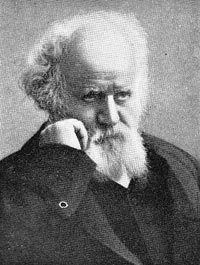 | ||
Institution | ||
Pierre janssen in 1963 over de vondst van het graf van toetanchamon
Pierre Jules César Janssen (22 February 1824 – 23 December 1907), also known as Jules Janssen, was a French astronomer who, along with English scientist Joseph Norman Lockyer, is credited with discovering the gaseous nature of the solar chromosphere, and with some justification the element helium.
Contents
- Pierre janssen in 1963 over de vondst van het graf van toetanchamon
- August 18 1868 Pierre Janssen discovered Helium at Guntur India while observing solar eclipse
- Life work and interests
- Discovery of helium
- Observatories
- International Meridian Conference
- Death honors and legacy
- References

August 18, 1868: Pierre Janssen discovered Helium at Guntur, India while observing solar eclipse
Life, work, and interests
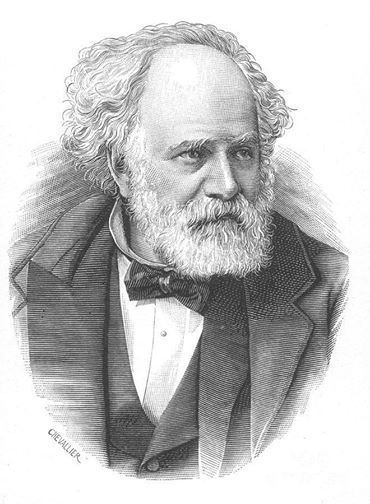
Janssen was born in Paris and studied mathematics and physics at the faculty of sciences. He taught at the Lycée Charlemagne in 1853, and in the school of architecture 1865 – 1871, but his energies were mainly devoted to various scientific missions entrusted to him. Thus in 1857 he went to Peru in order to determine the magnetic equator; in 1861 – 1862 and 1864, he studied telluric absorption in the solar spectrum in Italy and Switzerland; in 1867 he carried out optical and magnetic experiments at the Azores; he successfully observed both transits of Venus, that of 1874 in Japan, that of 1882 at Oran in Algeria; and he took part in a long series of solar eclipse-expeditions, e.g. to Trani (1867), Guntur (1868), Algiers (1870), Siam (1875), the Caroline Islands (1883), and to Alcosebre in Spain (1905). To see the eclipse of 1870, he escaped from the Siege of Paris in a balloon but the eclipse was obscured by cloud.
Discovery of helium
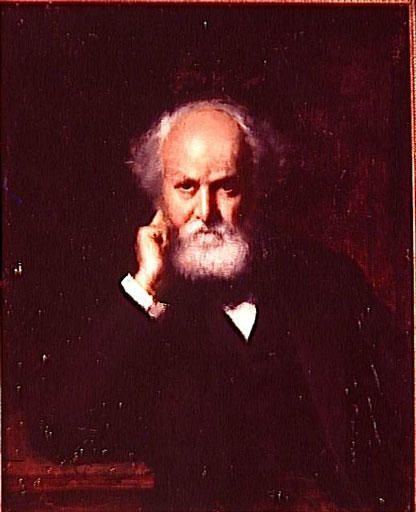
In 1868 Janssen discovered how to observe solar prominences without an eclipse. While observing the solar eclipse of 18 August 1868, at Guntur, Madras State (now in Andhra Pradesh), British India, he noticed bright lines in the spectrum of the chromosphere, showing that the chromosphere is gaseous. Present in the spectrum of the Sun, though not immediately noticed or commented upon, was a bright yellow line later measured to have a wavelength of 587.49 nm. This was the first observation of this particular spectral line, and one possible source for it was an element not yet discovered on the earth. From the brightness of the spectral lines, Janssen realized that the chromospheric spectrum could be observed even without an eclipse, and he proceeded to do so.

On 20 October, Joseph Norman Lockyer in England set up a new, relatively powerful spectroscope. He also observed the emission spectrum of the chromosphere, including the same yellow line. Within a few years, he worked with a chemist and they concluded that it could be caused by an unknown element, after unsuccessfully testing to see if it were some new type of hydrogen. This was the first time a chemical element was discovered on an extraterrestrial body before being found on the earth. Lockyer and the English chemist Edward Frankland named the element with the Greek word for the Sun, ἥλιος (helios).
Observatories

At the great Indian eclipse of 1868 that occurred in Guntur, Janssen also demonstrated the gaseous nature of the red prominences, and devised a method of observing them under ordinary daylight conditions. One main purpose of his spectroscopic inquiries was to answer the question whether the Sun contains oxygen or not. An indispensable preliminary was the virtual elimination of oxygen-absorption in the Earth's atmosphere, and his bold project of establishing an observatory on the top of Mont Blanc was prompted by a perception of the advantages to be gained by reducing the thickness of air through which observations have to be made. This observatory, the foundations of which were fixed in the hard ice that appeared to cover the summit to a depth of over ten metres, was built in September 1893, and Janssen, in spite of his sixty-nine years, made the ascent and spent four days taking observations.

In 1875, Janssen was appointed director of the new astrophysical observatory established by the French government at Meudon, and set on foot there in 1876 the remarkable series of solar photographs collected in his great Atlas de photographies solaires (1904). The first volume of the Annales de l'observatoire de Meudon was published by him in 1896.
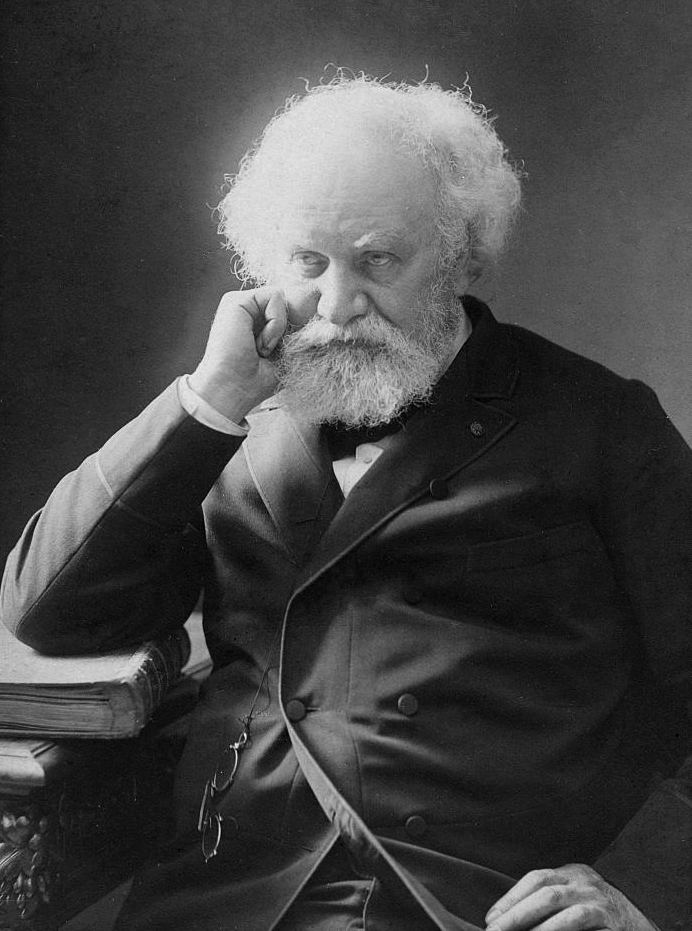
Janssen was the President of the Société Astronomique de France (SAF), the French astronomical society, from 1895–1897.
International Meridian Conference
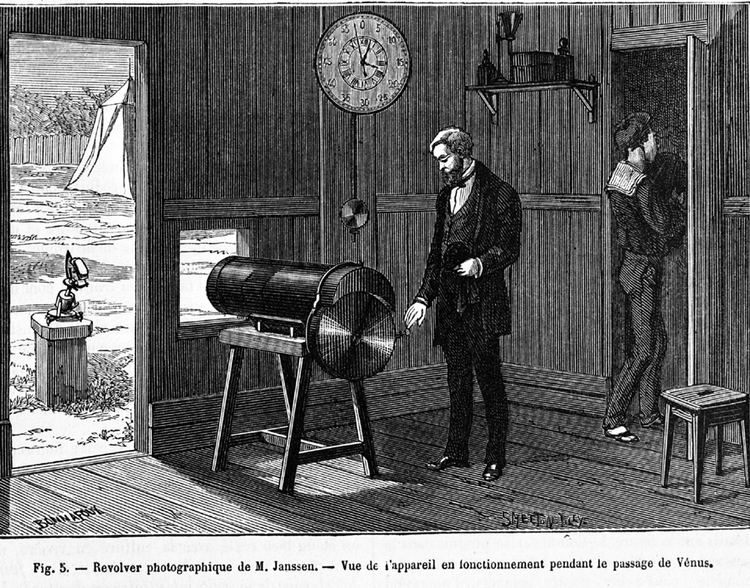
In 1884 he took part in the International Meridian Conference.
Death, honors, and legacy
Janssen died at Meudon on 23 December 1907 and was buried at Père Lachaise Cemetery in Paris, with the name "J. Janssen" inscribed on his tomb. During his life he was made a Knight of the Legion of Honor and a Foreign Member of the Royal Society of London.
Craters on both Mars and the Moon are named in his honor. The public square in front of Meudon Observatory is named Place Jules Janssen after him. Two major prizes carry his name: the Prix Jules Janssen of the French Astronomical Society, and the Janssen Medal of the French Academy of Sciences.
